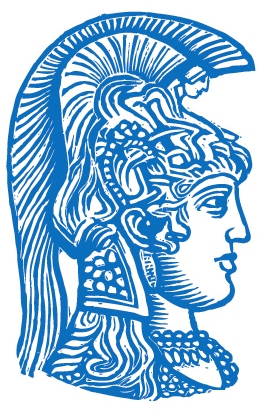| [Alpha-1-microglobulin]: Antioxidant and tissue repair protein with reductase, heme-binding and radical-scavenging activities. Removes and protects against harmful oxidants and repairs macromolecules in intravascular and extravascular spaces and in intracellular compartments (PubMed:11877257, PubMed:15683711, PubMed:22096585, PubMed:23157686, PubMed:23642167, PubMed:25698971, PubMed:32823731, PubMed:32092412). Intravascularly, plays a regulatory role in red cell homeostasis by preventing heme- and reactive oxygen species-induced cell damage. Binds and degrades free heme to protect fetal and adult red blood cells from hemolysis (PubMed:11877257, PubMed:32092412). Reduces extracellular methemoglobin, a Fe3+ (ferric) form of hemoglobin that cannot bind oxygen, back to the Fe2+ (ferrous) form deoxyhemoglobin, which has oxygen-carrying potential (PubMed:15683711). Upon acute inflammation, inhibits oxidation of low- density lipoprotein particles by MPO and limits vascular damage (PubMed:25698971). Extravascularly, protects from oxidation products formed on extracellular matrix structures and cell membranes. Catalyzes the reduction of carbonyl groups on oxidized collagen fibers and preserves cellular and extracellular matrix ultrastructures (PubMed:23642167, PubMed:22096585). Importantly, counteracts the oxidative damage at blood-placenta interface, preventing leakage of free fetal hemoglobin into the maternal circulation (PubMed:21356557). Intracellularly, has a role in maintaining mitochondrial redox homeostasis. Bound to complex I of the respiratory chain of mitochondria, may scavenge free radicals and preserve mitochondrial ATP synthesis. Protects renal tubule epithelial cells from heme-induced oxidative damage to mitochondria (PubMed:23157686, PubMed:32823731). Reduces cytochrome c from Fe3+ (ferric) to the Fe2+ (ferrous) state through formation of superoxide anion radicals in the presence of ascorbate or NADH/NADPH electron donor cofactors, ascorbate being the preferred cofactor (PubMed:15683711). Has a chaperone role in facilitating the correct folding of bikunin in the endoplasmic reticulum compartment (By similarity). {By
SimilarityUniProtKB:Q07456, Experimental EvidencePubMed:11877257, Experimental EvidencePubMed:15683711, Experimental EvidencePubMed:21356557, Experimental EvidencePubMed:22096585, Experimental EvidencePubMed:23157686, Experimental EvidencePubMed:23642167, Experimental EvidencePubMed:25698971, Experimental EvidencePubMed:32092412, Experimental EvidencePubMed:32823731}. [Inter-alpha-trypsin inhibitor light chain]: Kunitz-type serine protease inhibitor and structural component of extracellular matrix with a role in extracellular space remodeling and cell adhesion (PubMed:25301953, PubMed:20463016). Among others, has antiprotease activity toward kallikrein, a protease involved in airway inflammation; inhibits GZMK/granzyme, a granule-stored serine protease involved in NK and T cell cytotoxic responses; and inhibits PLG/plasmin, a protease required for activation of matrix metalloproteinases (PubMed:16873769, PubMed:10480954, PubMed:15917224). As part of I-alpha-I complex, provides for the heavy chains to be transferred from I-alpha-I complex to hyaluronan in the presence of TNFAIP6, in a dynamic process that releases free bikunin and remodels extracellular matrix proteoglycan structures. Free bikunin, but not its heavy chain-bound form, acts as potent protease inhibitor in airway secretions (PubMed:16873769). Part of hyaluronan-rich extracellular matrix that surrounds oocyte during cumulus oophorus expansion, an indispensable process for proper ovulation (By similarity). Also inhibits calcium oxalate crystallization (PubMed:7676539). {By
SimilarityUniProtKB:Q07456, Experimental EvidencePubMed:10480954, Experimental EvidencePubMed:15917224, Experimental EvidencePubMed:16873769, Experimental EvidencePubMed:20463016, Experimental EvidencePubMed:25301953, Experimental EvidencePubMed:7676539}. [Trypstatin]: Kunitz-type serine protease inhibitor. Has high catalytic efficiency for F10/blood coagulation factor Xa and may act as an anticoagulant by inhibiting prothrombin activation. Inhibits trypsin and mast cell CMA1/chymase and tryptase proteases. {ECO:0000250|UniProtKB:Q64240}. |
 National and Kapodistrian University of Athens
Department of Biology
Biophysics & Bioinformatics Laboratory
National and Kapodistrian University of Athens
Department of Biology
Biophysics & Bioinformatics Laboratory